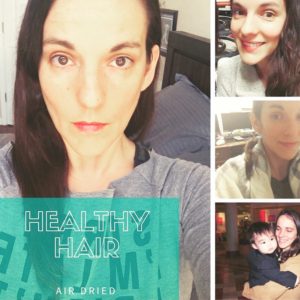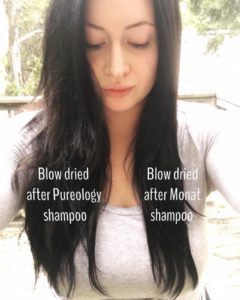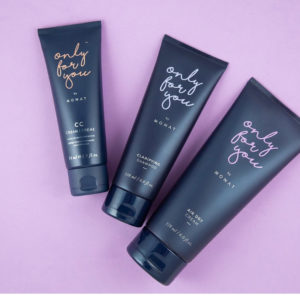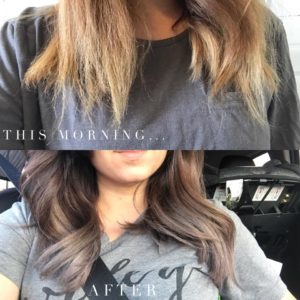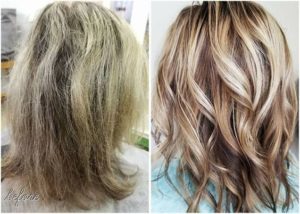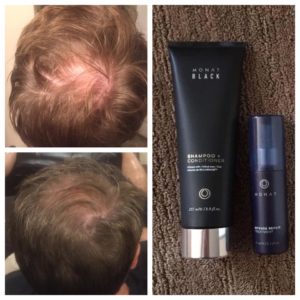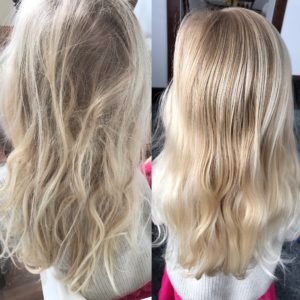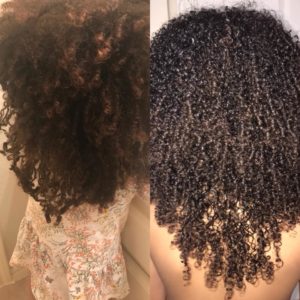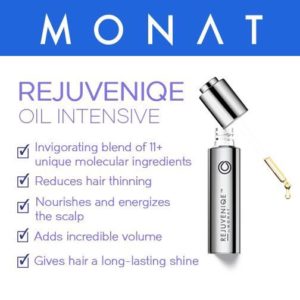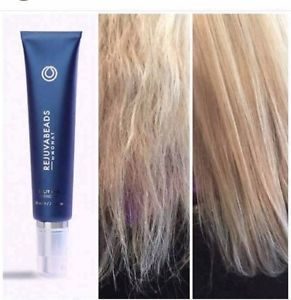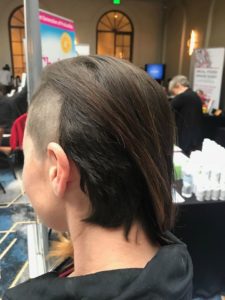I am a sucker for natural products. Anything that claims to use the power of nature to work wonders on my skin, my hair, my body, or my overall health has me entranced, and I have to try it.
Hair History
 For years, I bounced from shampoo to shampoo, looking for natural products that would make my hair healthy, shiny, thick, smooth and manageable. I tried everything I could find: online, at the health food stores, and even in salons. Nothing ever worked for me: my hair was thin, fine, frizzy, flat, weak and pathetic. It was very frustrating.
For years, I bounced from shampoo to shampoo, looking for natural products that would make my hair healthy, shiny, thick, smooth and manageable. I tried everything I could find: online, at the health food stores, and even in salons. Nothing ever worked for me: my hair was thin, fine, frizzy, flat, weak and pathetic. It was very frustrating.
About two years ago I found a product that transformed my hair: it is now thicker, longer, healthier, shinier, smoother and so much more manageable than ever before. My shedding is down 80% and my hair is 2-3x thicker than it’s ever been. It would never grow past my shoulders and now it’s half-way down my back. It’s just overall better.
That doesn’t stop me from seeing ads for other products that come out, however.
I’ve been eyeing this WOW Apple Cider Vinegar Shampoo by Skin Science for awhile: the ads are everywhere and they look really good! I’ve even had a couple of friends say they love it.
Apple Cider Vinegar is making people’s hair thicker, shinier, longer, healthier! It’s getting rid of dandruff and build up! (Basically everything my current shampoo has done for me. But this one looks like it might be cheaper, and what if…?)
So when I was offered the chance to try it, I thought this would be a great time to compare it with my current routine.
 Full disclosure: I love my current hair products. They have done wonders for my hair. I don’t think I’ll ever switch. But if I found something I liked better, that was just as natural and cost less, I absolutely would switch. And I would promote that shampoo instead of the one I have been talking about.
Full disclosure: I love my current hair products. They have done wonders for my hair. I don’t think I’ll ever switch. But if I found something I liked better, that was just as natural and cost less, I absolutely would switch. And I would promote that shampoo instead of the one I have been talking about.
So let’s see how this one shakes out. I will try not to compare too much with what I’m using, but I’ve been using it for almost 2 years, so some comparison is inevitable: I am used to my hair being the way it is, so I have to compare my experience here with that.
Let’s see how it goes!
First Impressions
- Large Bottles, Low Price
My first impression is that at first glance it appears to be very affordable. The bottles are 16.9 ounces and I paid $29.99 for a shampoo and conditioner set (they’re about $20 each if purchased separately on Amazon).
Over the past couple of years I have realized that fluid ounces of hair product + price is not always the most accurate indication of value. Most shampoos I’ve looked at are heavily diluted, so it’s necessary to use an entire handful to get a good lather on my head. If that’s the case, 16.9 ounces may not last as long as it looks. If I’m using almost an ounce of product for each wash, it will last me less than 20 washes.
2. The Ingredients
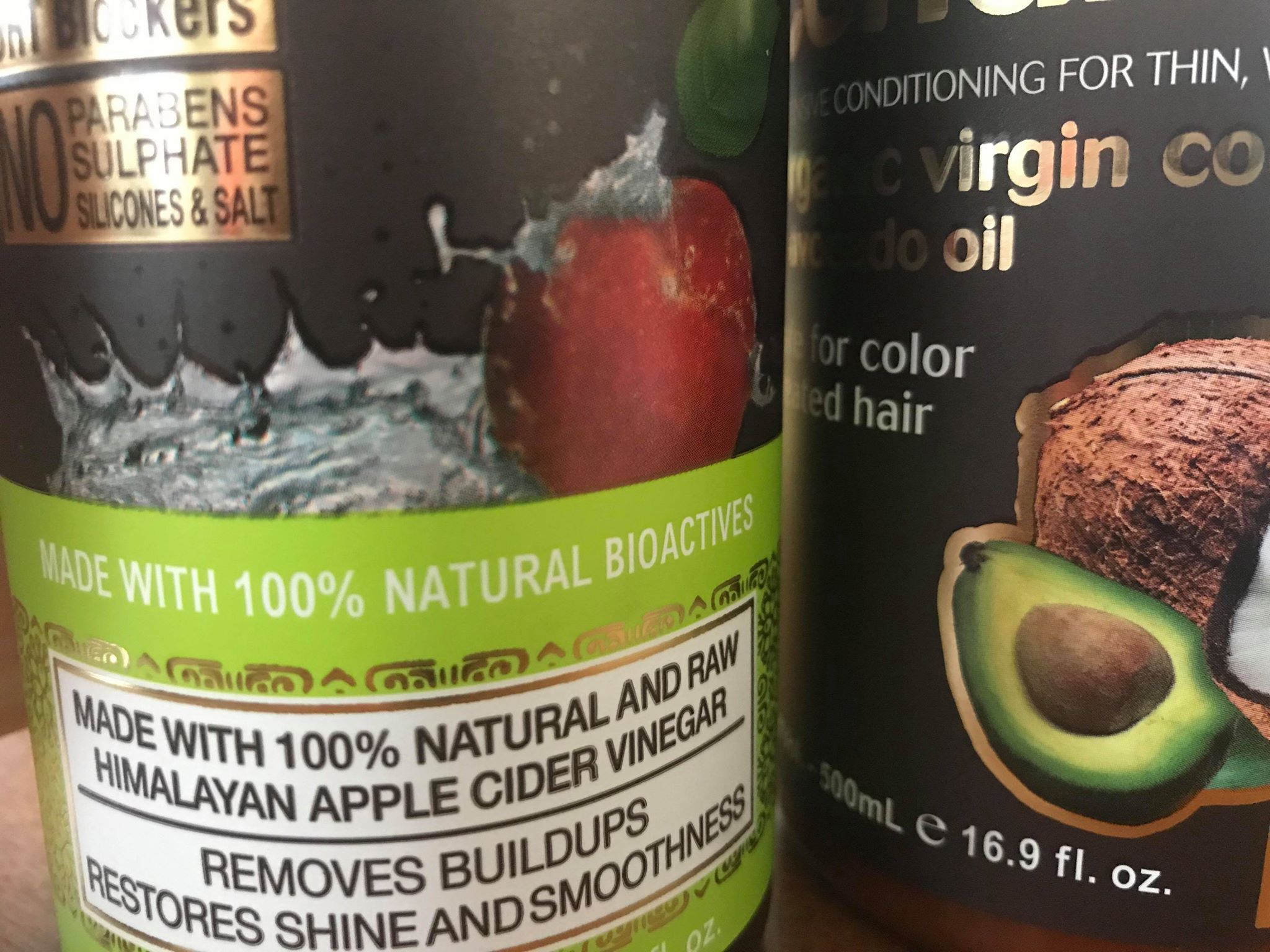 I also had to look at the ingredients. I have become somewhat of a shampoo ingredient guru over the past 20 months with countless hours of research under my belt, and I can recognize the main offenders of toxicity and build-up in hair care products pretty quickly.
I also had to look at the ingredients. I have become somewhat of a shampoo ingredient guru over the past 20 months with countless hours of research under my belt, and I can recognize the main offenders of toxicity and build-up in hair care products pretty quickly.
I noticed the claims of WOW Apple Cider Vinegar Shampoo by Skin Science (from the official Amazon store):
- BEAUTIFUL, STRONG HAIR: WOW Apple Cider Vinegar Shampoo is able to balance the pH level that closely resembles human hair to help obtain the silkiest, softest, glossiest hair. Use twice a week to be less prone to breakage, split ends, and thinning hair.
- CLARIFYING CLEANSER: Detox your hair & scalp – cleaning the buildups caused by dirt, dust, filth, dead scalp cells and styling product. Raw apple cider vinegar ensures removal of toxin in damaged hair. Helps rejuvenate & refresh for men and women.
- MAXIMIZE HAIR SHINE: Improve your hair cleansing routine with our deep cleaning shampoo to get the best results possible. You’ll reduce dandruff, flakes, and frizz while enhancing shine and gloss to your hair. Get the best hair nourishment available.
- SLOW DOWN HAIR LOSS: Saw palmetto helps slow down hair fall and male pattern baldness, reducing the amount of hair strands falling during a shower. With a little patience, your hair will have more volume and will feel softer, thicker and natural.
- NATURAL INGREDIENTS: Our WOW Apple Cider Vinegar Shampoo is hypoallergenic, sulfate and paraben free for moisturized and hydrated hair. Massage scalp and stimulate hair follicles to be less prone to breakage, split ends, and thinning hair. Cruelty Free.
Sounds pretty good! I did notice that there were no claims to not contain any PEGs or petroleum derivatives, silicones, waxes, gums, phthalates or harmful fragrances.
This distinction is important for a few reasons:
PEGs or Petroleum derivatives are the most toxic ingredients in most hair and body care products. All of the problematic ingredients: sulfates, parabens, phthalates, harmful fragrances, harsh sulfates and other toxic chemicals are most often derived from petroleum. If you see a guarantee that there is no petroleum or PEG (petroleum derivatives), pay attention!
Harmful fragrances (derived from PEGs) cause a lot of problems! Many people have become very sensitive to artificial fragrances and with just a passing exposure can have symptoms like migraines, dizziness, nausea, or worse! Even if you don’t have a fragrance sensitivity, these fragrances can cause hormone imbalance (endocrine disruption) and absorb into our bloodstream, causing more health issues over time (and sometimes building up to result in the fragrance allergies listed above).
Silicones, waxes and gums are not necessarily toxic, but they are deadly for your hair! These artificial (and sometimes even natural) ingredients build up on the hair strands and in the hair follicles. They are in most hair products for a reason: they make hair feel soft, silky and smooth by coating the hair strand with a waxy, plastic-like substance that glosses over the imperfections and damage of the hair cuticle. The problem with them is that they build up on the hair strands and on the scalp over time, causing issues like dry, brittle, frizzy hair, dandruff, oily scalp, and even hair thinning over time! That’s the opposite of what we want from our shampoo!
Phthalates, parabens and harsh sulfates are also commonly derived from petroleum (PEGs) and therefore carry the same health consequences listed above. I have seen some sulfates that can be derived from other sources, like coconuts (as in the case of Dr. Bronner’s Sal’s Suds), but for the most part, ingredients like SLS are toxic and will damage your health and your hair in the long run. Your best bet: find products completely free of PEGs or petroleum products of any kind.
Overall, Wow Apple Cider Shampoo and its accompanying Conditioner are not as bad as many mainstream products, but I was not impressed with them as a whole.
3. Where is it Made?
 The bottle indicates WOW Apple Cider Shampoo and Conditioner by Skin Science are made in India. I do like that my current shampoo is formulated, manufactured, processed and shipped from start to finish on American soil. Not only is it a point of pride and provides jobs for American workers, it makes the products more Eco-friendly as well, cutting down on pollution from shipping and other environmental footprints.
The bottle indicates WOW Apple Cider Shampoo and Conditioner by Skin Science are made in India. I do like that my current shampoo is formulated, manufactured, processed and shipped from start to finish on American soil. Not only is it a point of pride and provides jobs for American workers, it makes the products more Eco-friendly as well, cutting down on pollution from shipping and other environmental footprints.
4. Is it Eco-Friendly?
 As it contains petroleum derivatives, that already makes it less than ideal from an ecological standpoint (as well as a health one). The bottles do have a “1” plastic recycle code, which means they are recyclable. Hooray! But the fact that they are less concentrated means they use more plastic than necessary, and more bottles need to be used and recycled than if it were more concentrated. So overall, not terribly impressed with the eco-footprint, especially combined with the fact that it is made in India and shipped to me across the world, containing mostly water.
As it contains petroleum derivatives, that already makes it less than ideal from an ecological standpoint (as well as a health one). The bottles do have a “1” plastic recycle code, which means they are recyclable. Hooray! But the fact that they are less concentrated means they use more plastic than necessary, and more bottles need to be used and recycled than if it were more concentrated. So overall, not terribly impressed with the eco-footprint, especially combined with the fact that it is made in India and shipped to me across the world, containing mostly water.
Testing the Product
Without further ado, let’s see how the product works!
The First Wash
I followed the instructions on the bottle, which advise to use a “generous amount” of shampoo, lather on the scalp, and allow to sit on the scalp for up to 5 minutes for best results, then rinse and follow with conditioner.
In doing this I noticed I used 5-6 times as much product as I usually do to get a good lather on my scalp. It definitely is not nearly as concentrated as the products I have been using.
The Fragrance
The shampoo smells like apples, and the conditioner smells like coconuts.
But not like smelling an actual apple or coconut… more like smelling an apple or coconut candle. Very artificial fragrances. I am not chemically sensitive to most fragrances unless they are in my face and I’m breathing them in heavily for over an hour, but I can usually spot harmful artificial fragrances just by their overpowering, artificial-smelling scent. These products do not even claim to eliminate harmful fragrances, so it’s clear that the fragrances are not natural or safe.
Shedding
My primary concern before using my current shampoo and something that is very important to me is shedding. Since I was a teenager I would shed handfuls of hair in the shower every time I washed, and then I would be shedding hairs all day long: every time I ran my fingers through my hair I would get 4 or 5 hairs. In order to prevent my hair covering everything, I made constant trips to the trash can to throw away the hairs that were inevitably in my hands every few minutes.
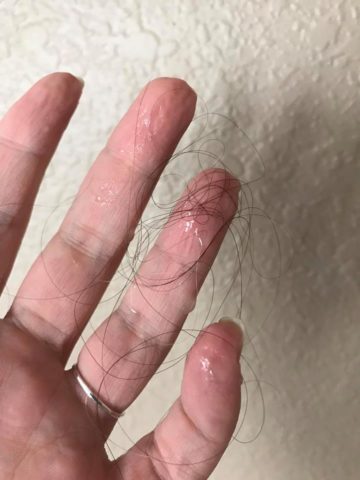
The shampoo I’ve been using for the past couple of years cut that shedding down by about 80%, which also has made my hair much thicker as it’s grown out without all of the constant fallout. I was very curious to see what happened when I used this shampoo, and a little bit worried because I don’t want to lose all that hair again after growing such a thick, healthy head of hair over the past 2 years!
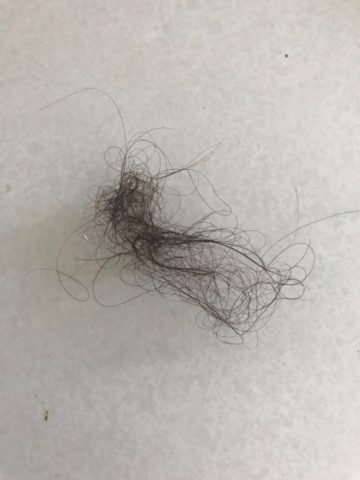
In the first wash, I did experience about twice as much shedding as I usually do with my current shampoo. Not as bad as before, but still not exciting to me.
Tangling
My hair type is fine and thin, so I have always had some issues with tangling and knotting, especially when my hair is damaged and I need a haircut. With my current shampoo regimen I almost never have any tangling. If i do have tangling (once every month or two) I use the detangling spray from our junior line and that takes care of it.
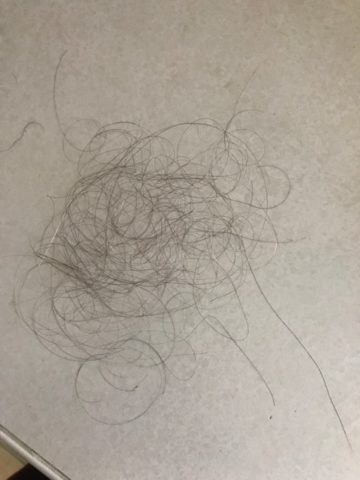
With Wow Apple Cider Vinegar Shampoo and their accompanying conditioner, my hair felt more coated than I am used to, and it was much more tangled. When using my wet brush to brush it out, I lost about the same amount of hair I had lost in the shower when I was washing!
To be honest, the shedding alone makes me hesitant to use this product again, but I want to use it at least a few times for a fair review.
Results
My main requirements are low shedding, no frizz, manageable, thick, healthy hair with shine and volume, that will grow past my shoulders. Of course I don’t want to add build up to my hair if i don’t have to either.
Knowing the detriment of buildup to my hair health, why would I?
For the purposes of review, I did everything the same as I normally do it with my hair: I most often air dry by twisting my hair up into a bun and allowing it to dry in loose curls that way. So that is what I’m doing with WOW Apple Cider Vinegar Shampoo and Conditioner by Skin Science.
Here are my results:
- Shedding. As I discussed above, the shedding has quadrupled in just one wash. Not loving it.
- Frizz: More frizz than normal, but not terrible. Definitely not as bad as before I started using my current products.
- Manageable: Slightly less manageable overall. My hair felt coated and heavy and didn’t “fall” in the effortless way I am used to. I found myself brushing it every few minutes to try to get it to lay down and look decent. Finally I gave up and pulled it into a pony tail. I can’t remember the last time I needed to do that before day 5 after washing.
- Thick: I’d have to use it for a good year to see the difference in how it grows out, but if the shedding is increased, my hair will not be thicker.
- Healthy: My hair is already healthy, as it’s been growing out with my current products for almost 2 years, and getting better and better with time. It will probably take a year or more of exclusive use to see if there is a real difference.
- Shine: I didn’t notice any difference in shine compared with my current routine.
- Volume: Volume was decent in the first wash.
- Growth: Again, impossible to say for sure unless I use it for a long time.
Overall, on day 2 (the day after my wash) my hair felt heavy and coated. I was surprised that it didn’t look terrible, but it didn’t feel good either. It was a little more frizzy and less manageable than I am used to, and the artificial fragrance lingered and was nauseating after a while.
WOW Apple Cider Vinegar Shampoo by Skin Science promises to remove buildup and resolve scalp itchiness and dandruff… yet, my hair and scalp felt coated and less clean, and my scalp itched a little bit (it usually doesn’t itch at all). So that is a concern with continued use as well, because buildup can have that effect.
Cost Analysis
I had to use a full handful of this product to get a lather all over my scalp. I would say I used at least an ounce of product, but to be fair, let’s say I will get about 20 uses out of this bottle, which means it will last me about 10 weeks if I wash my hair twice per week. 2.5 months for a bottle of shampoo that cost me $15 comes out to $12 per month for both shampoo and conditioner, or $1.50 per wash. Not a bad value!
Also a lot more expensive than what I am currently using and what is giving me much better results. The first bottle of my current product lasted me more than 10 months… roughly 4-5 times the 10 weeks this may last if I can stretch out washes to twice a week (doubtful since I already want to wash my hair on day 2).
Even with a lower cost per bottle, this still makes WOW Apple Cider Vinegar 2-3 times the cost of what I am using now.
Given my current experience and how it compares to my regular shampoo in terms of cost, safety of ingredients and results achieved, there is little chance I would ever use this product long enough to see what happens with continued use.
I will probably use it one more time, for the sake of a reasonable test period, but I really don’t want to. I will probably have to wash sooner than the 4th or 5th day (the soonest I usually have to wash with my current routine), which will be an added cost of time and money (if I’m washing more often than twice a week as I do now, the bottles will not last even the projected 10 weeks, which is much shorter than I’m used to already).
Side Note: My Skin
Another thing… when my hair feels dirty and oily, it makes my skin feel oily and dirty too, which for me usually results in breakouts. As another uncomfortable side effect of using this… definitely not persuading me to continue.
Conclusion
I stated from the beginning that I love the hair products I’m using now, but after using them for almost two years, I thought it would be fun to try something else that claims to do the same things, and might be cheaper.
My conclusions for this test of WOW Apple Cider Vinegar Shampoo and Conditioner by Skin Science are:
- It leaves my hair feeling heavy and oily
- I have slightly more frizz than I’m used to.
- My hair is noticeably less manageable than normal.
- Volume and shine seem about the same.
- I will need to wash more than my normal 1-2 times per week. It’s only the 2nd day and I already want to wash my hair because it doesn’t feel clean and it’s making my skin feel oily and clogged.
- It is much more expensive than what I am currently using because it is much less concentrated and I will have to wash quite a bit more often. At most, if i wash 2 times per week, these bottles will last me 10 weeks. My first bottle of what I am using now lasted me more than 10 months, 4-5 times longer. Even at retail price, my current products are half the price of these and give me much better results. At the wholesale price I pay, WOW Apple Cider Vinegar Shampoo and Conditioner by Skin Science are about four times the cost of what I am using now.
- The ingredients of WOW Apple Cider Vinegar Shampoo and Conditioner by Skin Science are not as clean as the products I am using now. They use toxic PEG (petroleum derivatives), harmful artificial fragrances, and ingredients that build up on the scalp and hair cuticles. After almost two years of researching the ingredients in hair products, these do not impress me, especially for something that claims to be all natural and pure.
Bottom Line: While WOW Apple Cider Vinegar Shampoo and Conditioner by Skin Science is less toxic than most mainstream brands of hair care, it does not match up to my current hair care on any level: not in terms of cost, performance or toxicity.
Want to know what I’m using instead? Check out this review.
New to Freedom & Coffee? Start here.
Disclosures:
Many of the product links in this post are affiliate links, which means I will receive a small commission from any purchase. I only recommend products that I love and this is at no extra cost to you. Thank you for supporting our mission with your clicks!


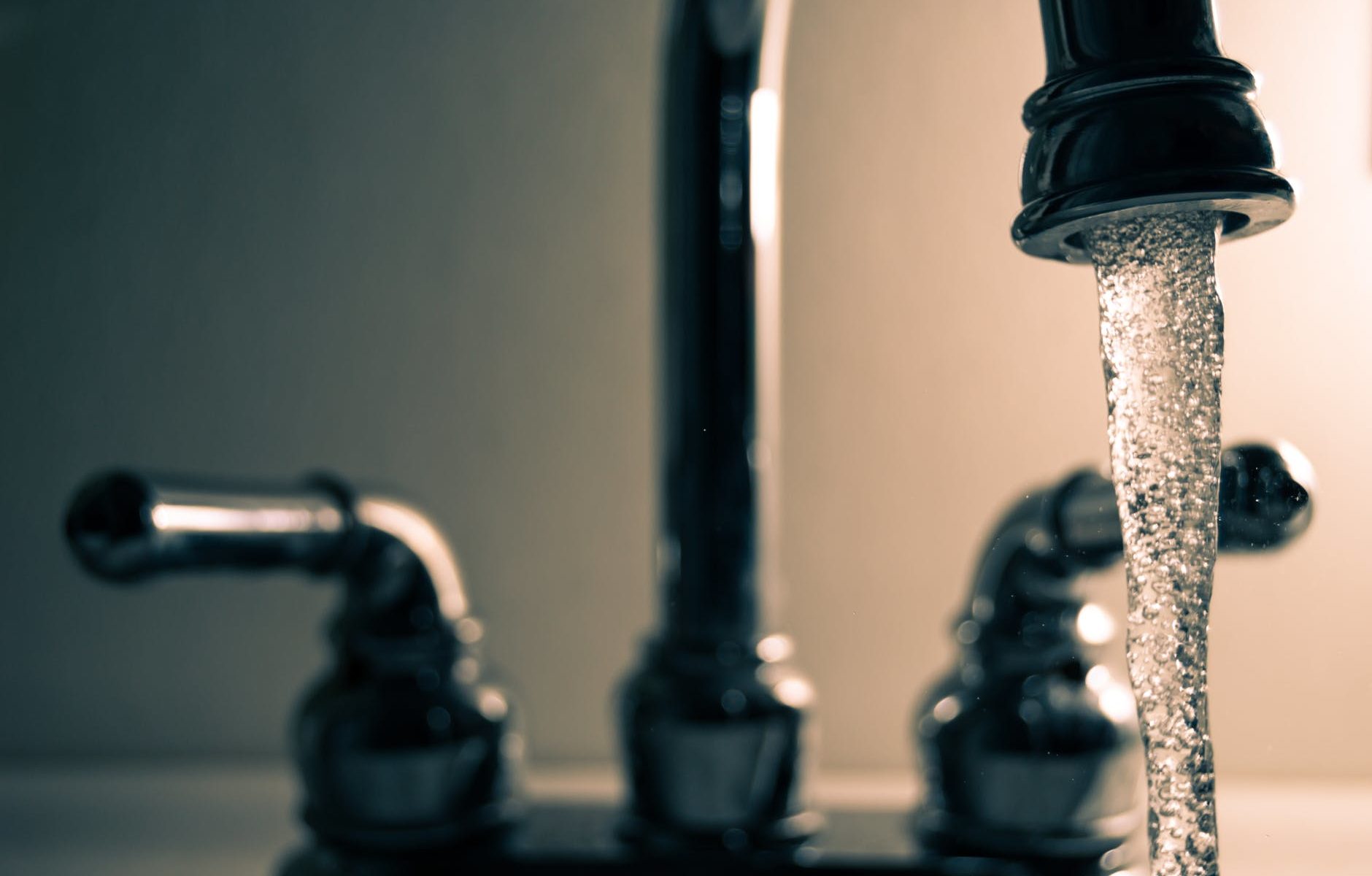
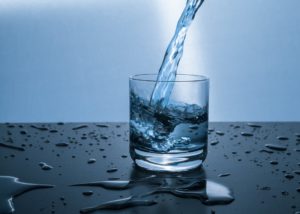
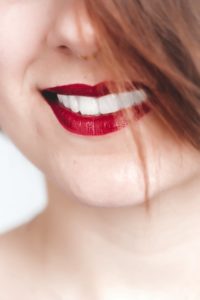
 In 1945, a large quantity of hydrogen fluoride was produced as a byproduct of industry from DuPont’s Deepwater, New Jersey, plant. The huge quantities of this chemical byproduct were a problem: they had no good way to dispose of it, so they proposed a solution: add it to the water supply. After the government was convinced that fluoride was good for our dental health and that it should be added to water, they continued to do so, finding other sources, like the fertilizer industry, which produces phosphates as an industrial byproduct.
In 1945, a large quantity of hydrogen fluoride was produced as a byproduct of industry from DuPont’s Deepwater, New Jersey, plant. The huge quantities of this chemical byproduct were a problem: they had no good way to dispose of it, so they proposed a solution: add it to the water supply. After the government was convinced that fluoride was good for our dental health and that it should be added to water, they continued to do so, finding other sources, like the fertilizer industry, which produces phosphates as an industrial byproduct.
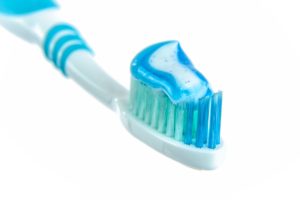

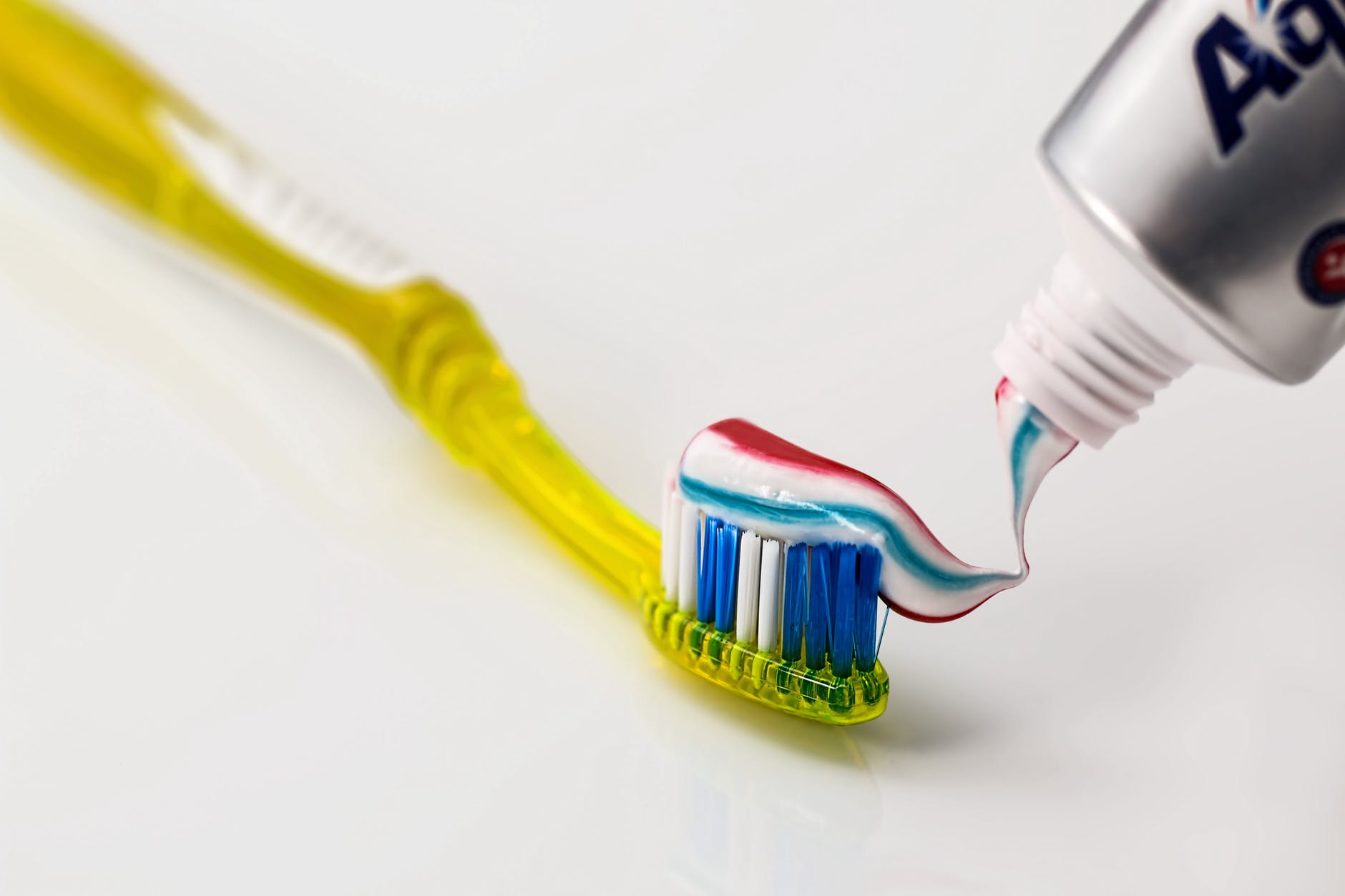


 “Most disturbing, however, is the fact that even bubble-gum and fruit-flavored toothpastes for children contain sufficient amounts of fluoride to kill a child. Indeed, as shown in the following table, an average-weighing 2-year-old child could die from ingesting just 40% of a “Colgate for Kids” bubble-gum flavored toothpaste.” (
“Most disturbing, however, is the fact that even bubble-gum and fruit-flavored toothpastes for children contain sufficient amounts of fluoride to kill a child. Indeed, as shown in the following table, an average-weighing 2-year-old child could die from ingesting just 40% of a “Colgate for Kids” bubble-gum flavored toothpaste.” (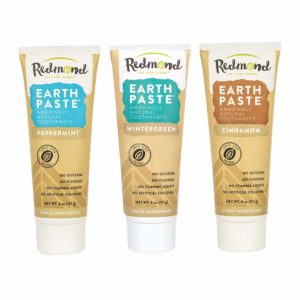
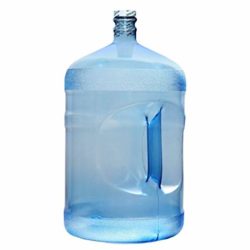 Buy it.
Buy it.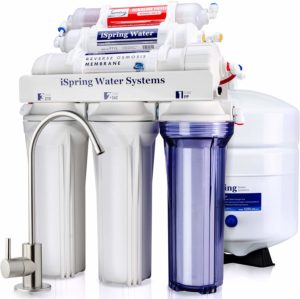 Fluoride is a very small particle, however, and is difficult to remove from water with a filter. Most filters, even if they remove 95+% of contaminants, do not claim to remove fluoride. How frustrating!
Fluoride is a very small particle, however, and is difficult to remove from water with a filter. Most filters, even if they remove 95+% of contaminants, do not claim to remove fluoride. How frustrating!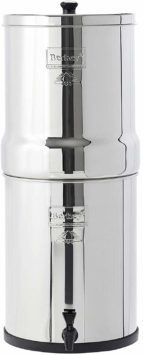

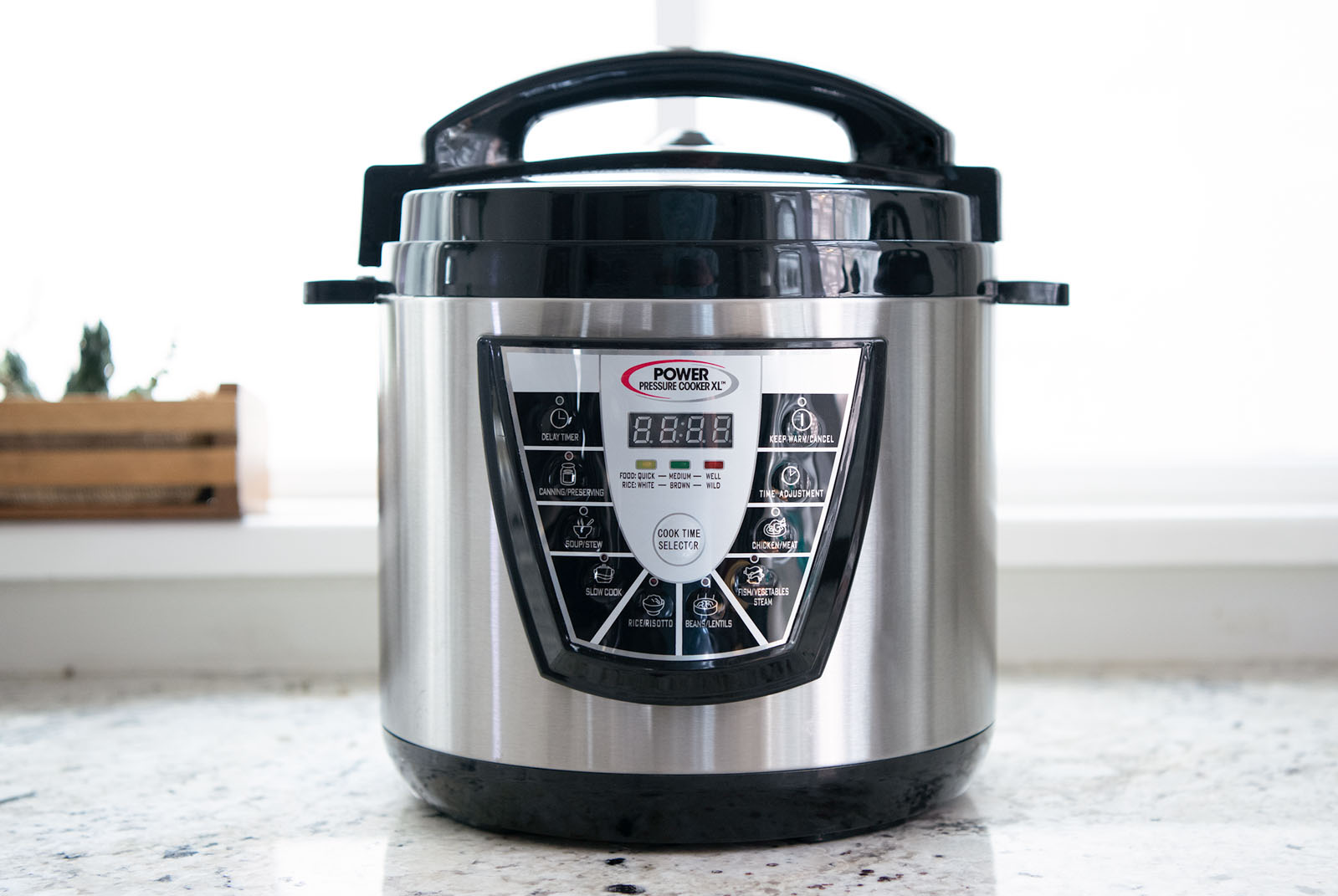
 I began researching all the options: from stainless steel to glass, copper and ceramic. I made a lot of rice, so I wanted a rice cooker (they make the best rice!) but it was very difficult to find a rice cooker that was not non-stick-coated aluminum.
I began researching all the options: from stainless steel to glass, copper and ceramic. I made a lot of rice, so I wanted a rice cooker (they make the best rice!) but it was very difficult to find a rice cooker that was not non-stick-coated aluminum.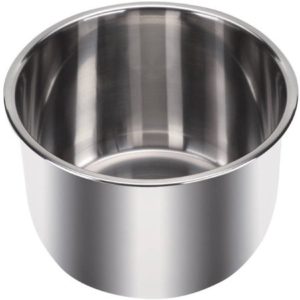
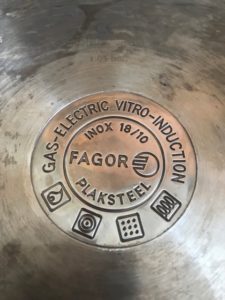
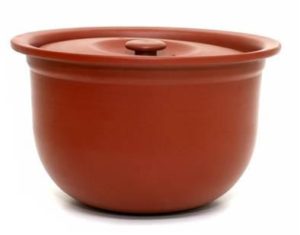
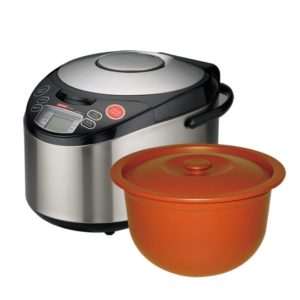
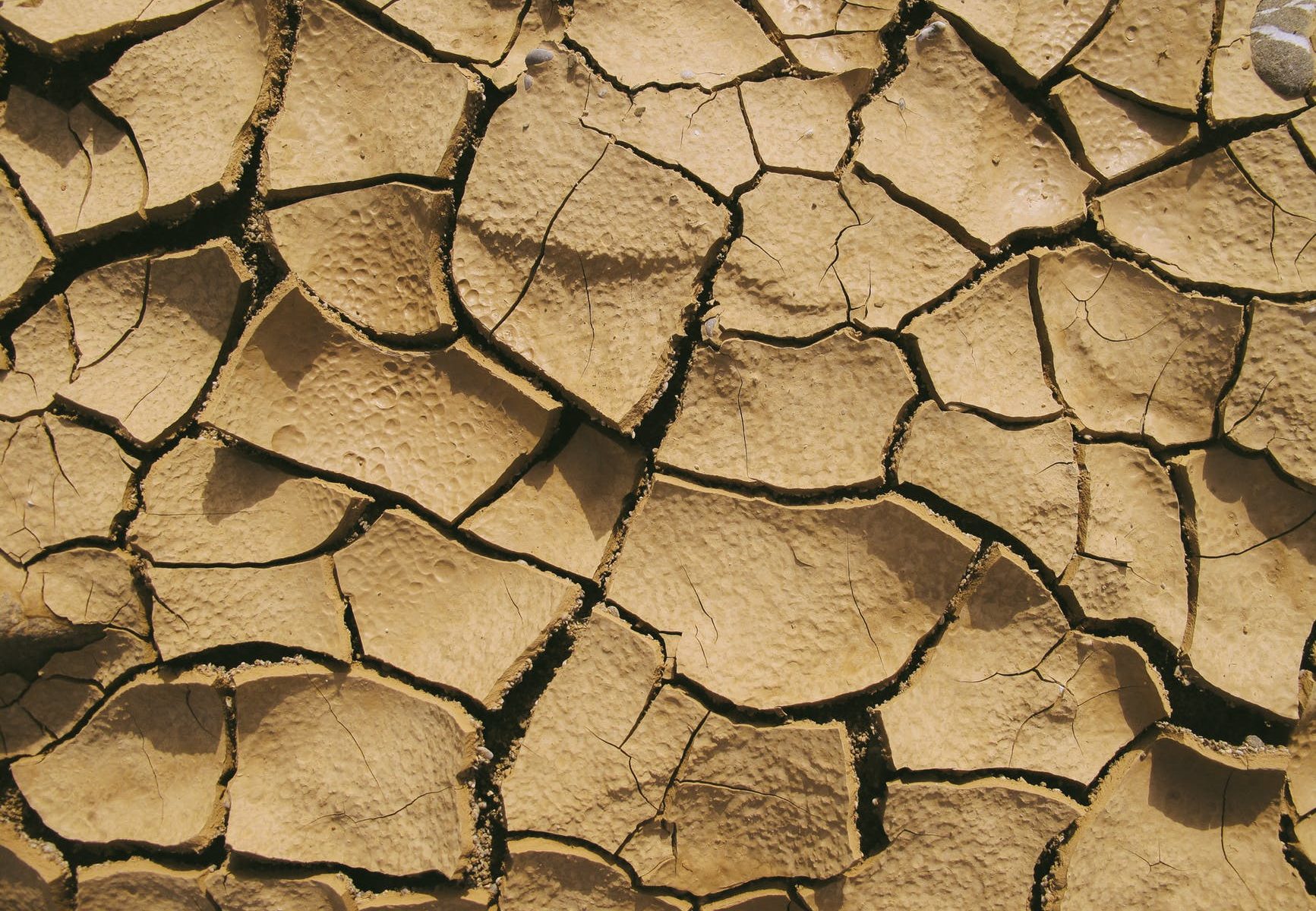
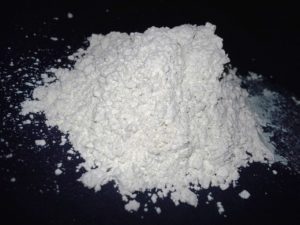

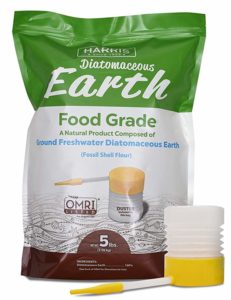
 If you’ve never done a parasite cleanse before, start slow.
If you’ve never done a parasite cleanse before, start slow.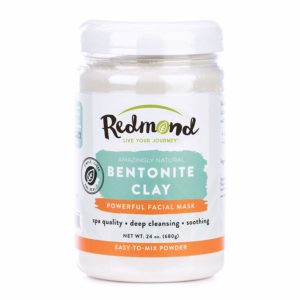
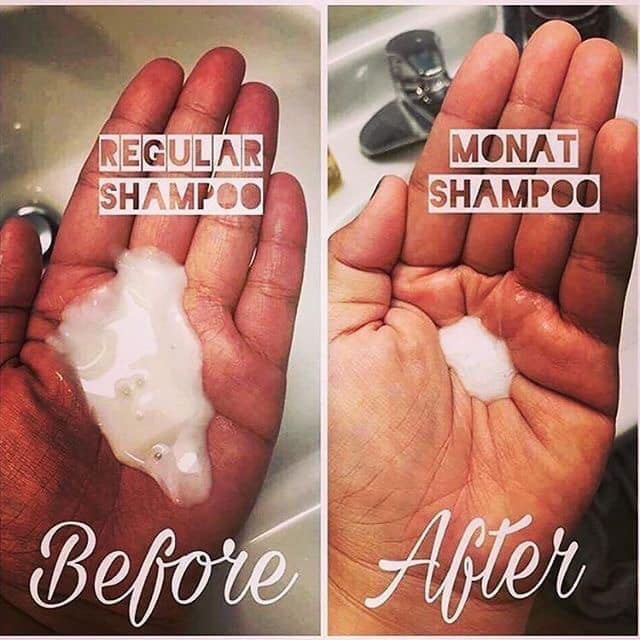 I don’t care how cheap your current shampoo is… it is probably more expensive than MONAT when you factor in how long it lasts. The average bottle life is 4-6 months, for people who wash almost every day.
I don’t care how cheap your current shampoo is… it is probably more expensive than MONAT when you factor in how long it lasts. The average bottle life is 4-6 months, for people who wash almost every day.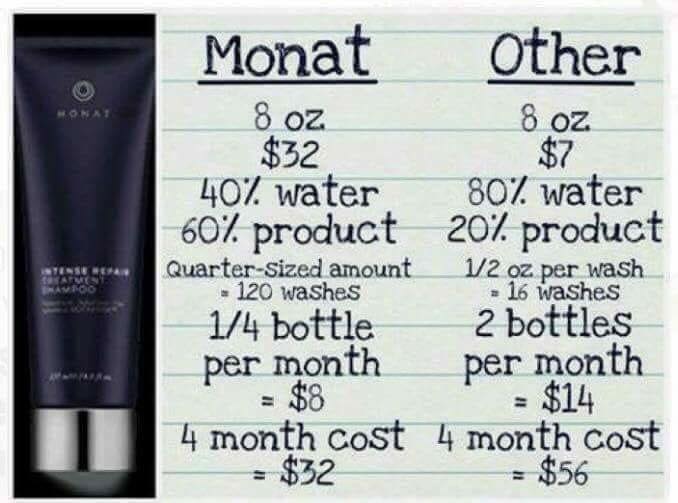

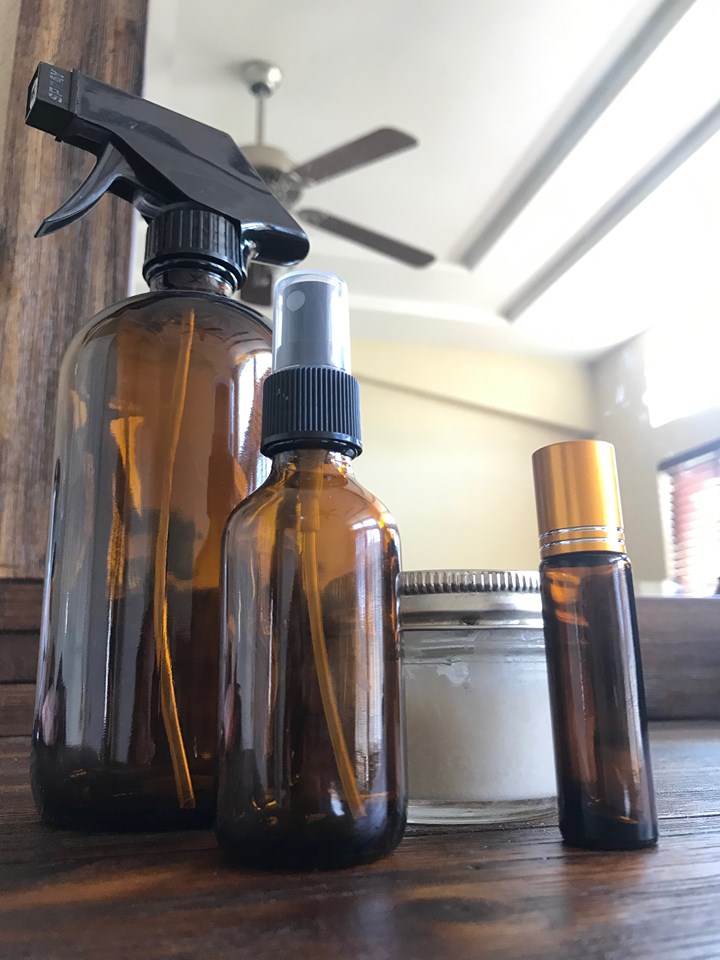
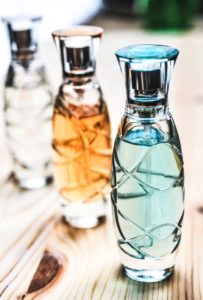 We buy air fresheners for our cars and for our houses, and we love candles and room or linen freshening sprays to eliminate (or mask) unwanted odors and keep everything smelling fresh and clean.
We buy air fresheners for our cars and for our houses, and we love candles and room or linen freshening sprays to eliminate (or mask) unwanted odors and keep everything smelling fresh and clean.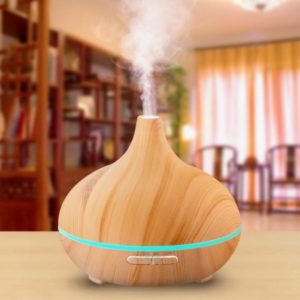
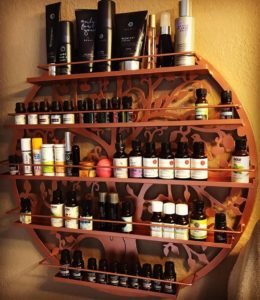
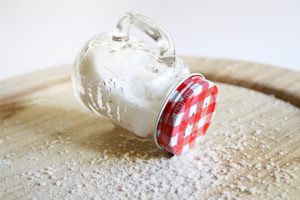 I love to drip them into my Epsom Salt stash for a relaxing, aromatherapy experience every time I take a
I love to drip them into my Epsom Salt stash for a relaxing, aromatherapy experience every time I take a 


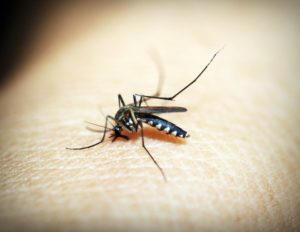 When I first started searching for a recipe for insect repellent, I was surprised to see that a wide variety of essential oils provide insect repelling benefits. So I usually just mix up whichever ones I have. The most important ones to include are citronella, peppermint, lavender, and lemon eucalyptus.
When I first started searching for a recipe for insect repellent, I was surprised to see that a wide variety of essential oils provide insect repelling benefits. So I usually just mix up whichever ones I have. The most important ones to include are citronella, peppermint, lavender, and lemon eucalyptus. Ingredients
Ingredients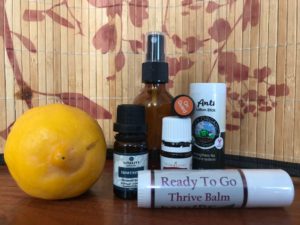 Waterless hand cleaners are all the rage, but did you know the chemicals in them are dangerous and are absorbed into the bloodstream in less than 30 seconds? Also these harsh chemical anti-bacterial agents have contributed to the sharp rise in superbugs in recent years.
Waterless hand cleaners are all the rage, but did you know the chemicals in them are dangerous and are absorbed into the bloodstream in less than 30 seconds? Also these harsh chemical anti-bacterial agents have contributed to the sharp rise in superbugs in recent years.
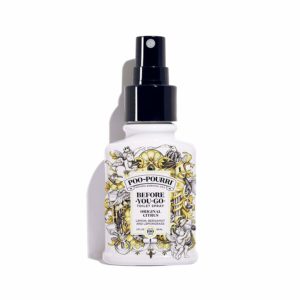
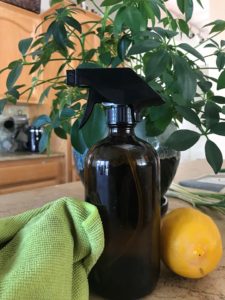


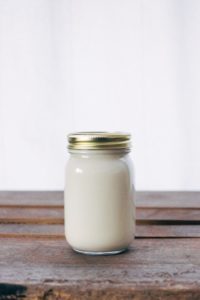

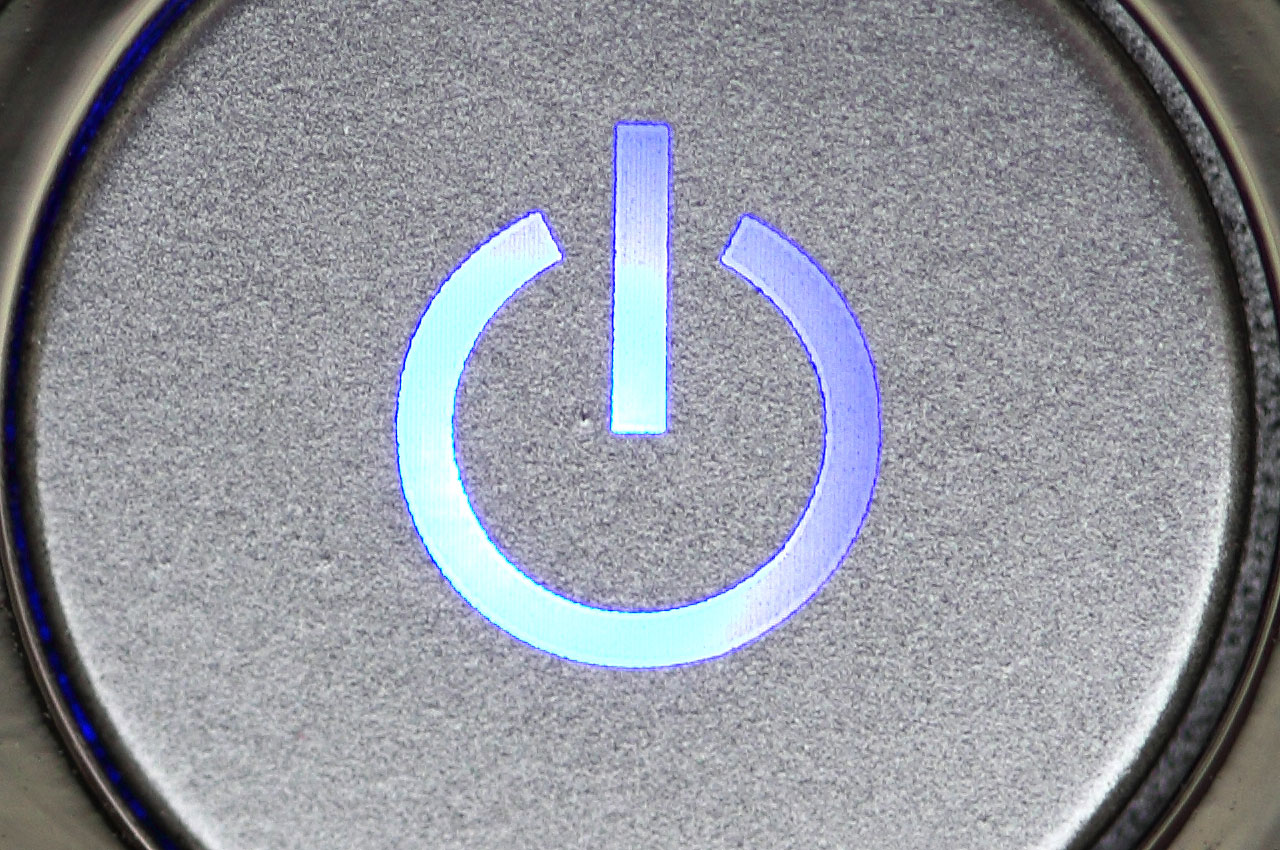
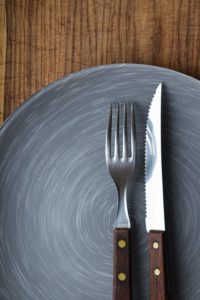 Have you ever tried fasting?
Have you ever tried fasting? 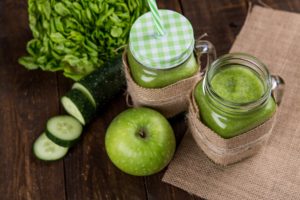 I have done several juice fasts for durations ranging from 3-10 days, for different reasons each time (sometimes to focus on prayer or an event coming up, sometimes for health reasons), and each time I’ve found it a difficult but very rewarding experience.
I have done several juice fasts for durations ranging from 3-10 days, for different reasons each time (sometimes to focus on prayer or an event coming up, sometimes for health reasons), and each time I’ve found it a difficult but very rewarding experience.

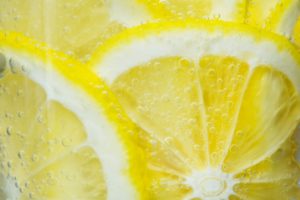
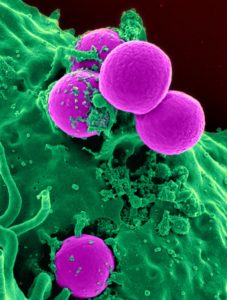 Ketosis can be beneficial on a short-term basis for plenty of reasons: bad bacteria, parasites and cancer cells all feed on glucose. If they are deprived of that energy source, they will die.
Ketosis can be beneficial on a short-term basis for plenty of reasons: bad bacteria, parasites and cancer cells all feed on glucose. If they are deprived of that energy source, they will die.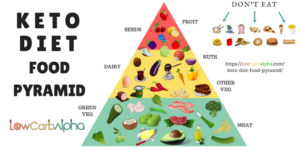
 When I fasted I did experience a clear mind, energy, and weight loss (weight loss results will vary for the duration of the fast, but rebooting your body makes it easier to lose weight for the long term as well).
When I fasted I did experience a clear mind, energy, and weight loss (weight loss results will vary for the duration of the fast, but rebooting your body makes it easier to lose weight for the long term as well).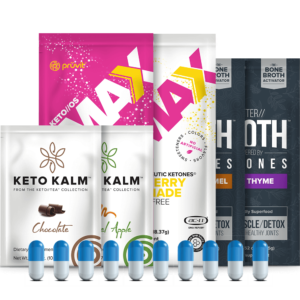
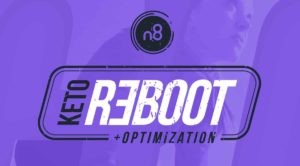
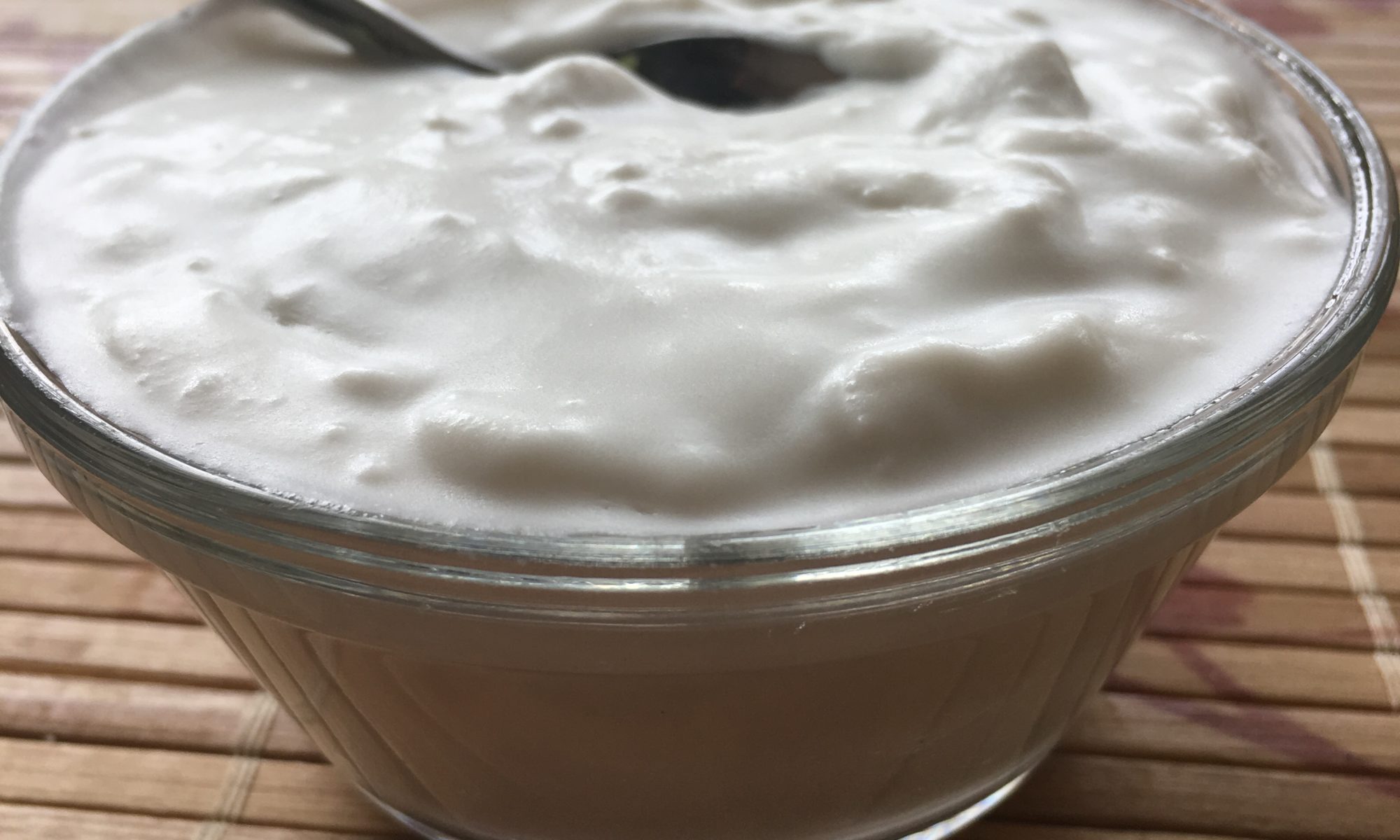


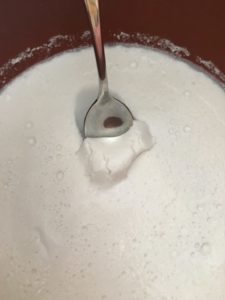


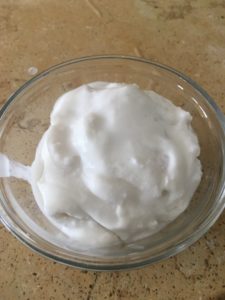




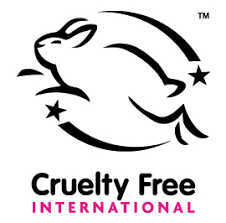 It was naturally, botanically-based, and she was getting great results with her hair. And it’s vegan, cruelty-free and leaping-bunny approved!
It was naturally, botanically-based, and she was getting great results with her hair. And it’s vegan, cruelty-free and leaping-bunny approved! After the first wash, I knew I had found my shampoo. My hair was different. It felt stronger. Healthier. It looked better. Smoother. Softer. More manageable.
After the first wash, I knew I had found my shampoo. My hair was different. It felt stronger. Healthier. It looked better. Smoother. Softer. More manageable.